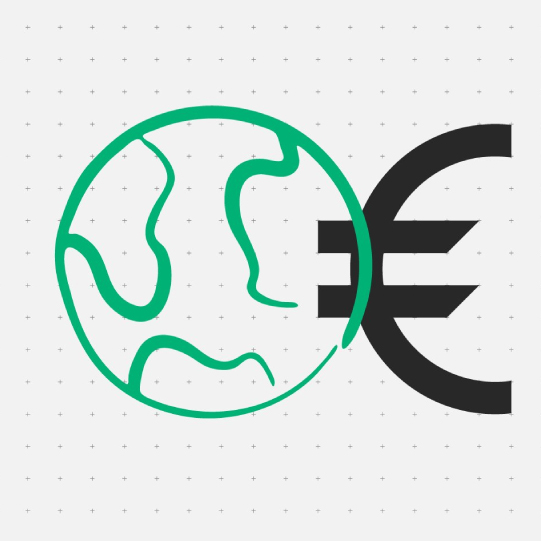Production print is changing: print job batches are smaller, personalised print is more common and deadlines are tighter. Clients want fast, varied jobs on a recurring basis.
If this sounds familiar, inkjet is worth exploring. According to research by Printing Impressions studying the value production inkjet printing delivered to print providers, respondents indicated on average:
- A 9% decrease in paper costs/consumption
- A 9% decrease in production waste
- An 8% increase in profits
- One person decrease in press operating personnel
These are just some benefits of introducing inkjet in production printing. How do these savings and cost cuts materialise in your production? Are these random numbers or based on observable data?
If you want to know the latest benefits of inkjet in production printing, look no further.
Let’s explore them in detail, one by one.
Win short runs and personalised prints
Short runs are now the norm. So is versioning. You might print ten variations of a brochure in the morning and a personalised letter batch after lunch. Inkjet handles this without the stop-start feeling.
In fact, you can build simple templates for your common jobs and add variable fields (name, code, offer). This lets you group short run into one queue and let the device move from version to version without having to interfere. It also allows you to store settings for your regular papers as presets so operators can load, tap, and print.
The result: faster starts, cleaner changeovers, and personalised prints that feel ordinary. And because you are not tied to long warm-ups or heavy modifications, you can take on late overflow with confidence without increasing your staff. More agility. Less time lost. That is the win.
Inkjet turns fast, varied jobs into everyday work.”
Cut running costs and environmental impact
Energy and waste affect budgets and reporting. Inkjet helps on both: it lowers your bills and your footprint, using less energy and consumables.
It avoids heat-intensive fusing, which means less energy drawn during production. The TASKalfa Pro 15000c avoids heat-heavy fusing, so it draws far less power during runs. Numbers speak for themselves: Kyocera’s production printer use up to 70% less energy than comparable laser printers as observed by Document Despatch – a mailing house company based in the United Kingdom.
When it comes to consumables, our commercial printers are precise enough for you not to require test sheets running prior, nor daily morning calibration. Operators start runs immediately, which significantly reduces paper waste. For inks, our printers use environmentally safe aqueous inks that are more than 90% water, with no hazardous components or volatile liquids. Their environmental impact is low to zero - unlike toner powder, which contains plastics.
You cut energy spending, waste fewer pages and environmentally safe inks. In short: a steadier cost control and a better environmental impact. Good for margins. Good for the planet.

Pilot inkjet in six weeks: a simple plan for production teams
Prove the gains in six weeks. Run live jobs, track turnaround, remakes and energy. Use Kyocera’s ROI page to turn results into a cost case and plan next steps.
Keep schedules on track with reliable uptime
Downtime is a significant productivity issue for all organisations, and customer frustration often results in lost business.
Inkjet’s simpler, low-heat path to the page means fewer possibilities of things going south, so that production keep running. A case study from commercial print operator Vellop Drukkerij shows the TASKalfa Pro 15000c boasts “more than 90%” uptime, compared with about 60% for toner setups.
Inkjet print solutions are characterised by a low number of moving parts, which minimises the risk of breakdowns. The spin-off benefits of better uptime extend well beyond productivity. It also means fewer technician visits and a cheaper device that saves overall costs.
Because at Kyocera, we value “doing what is right as a human being”. In print, that means tools you can trust, costs you can plan for, and technologies that respect resources. Long-term over short-term. Steady over messy. That is the spirit behind inkjet at production scale.
Want to challenge possibilities and put knowledge to work?
Contact our team today.




